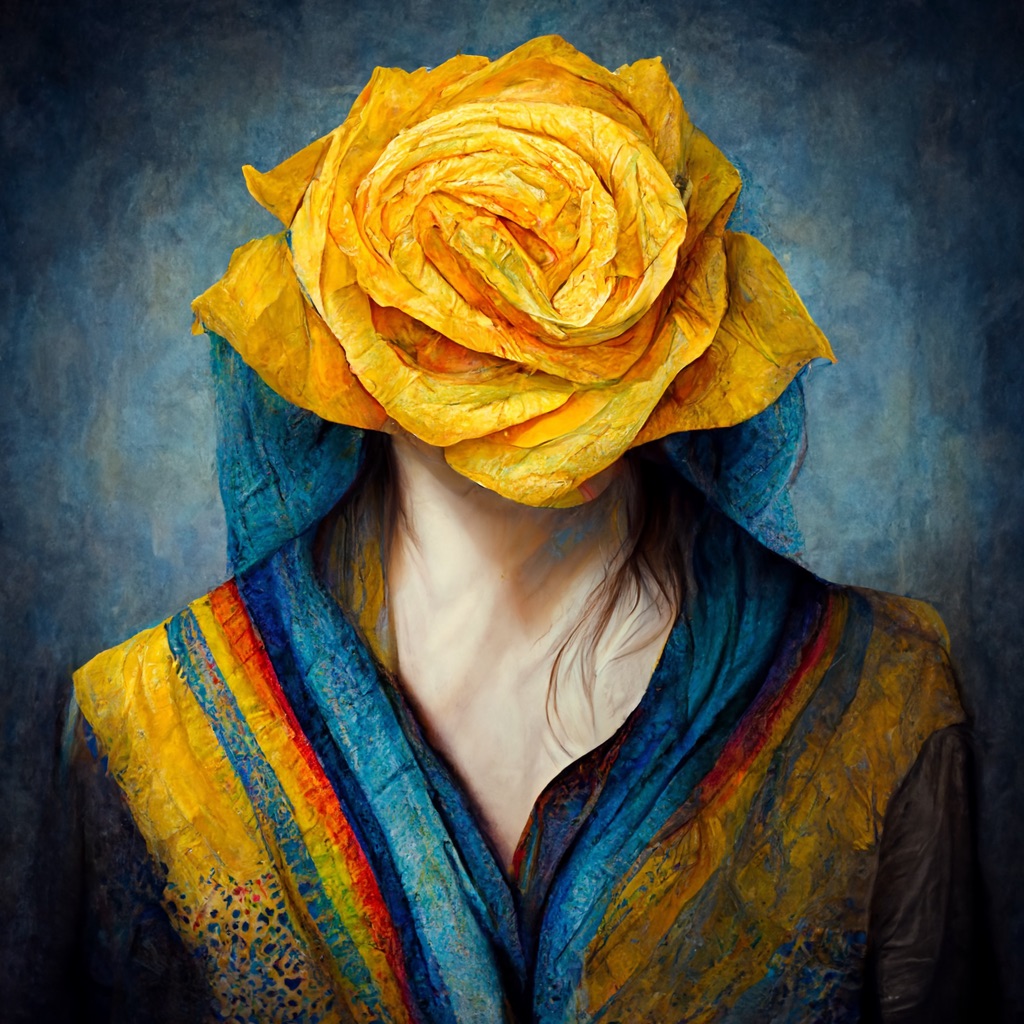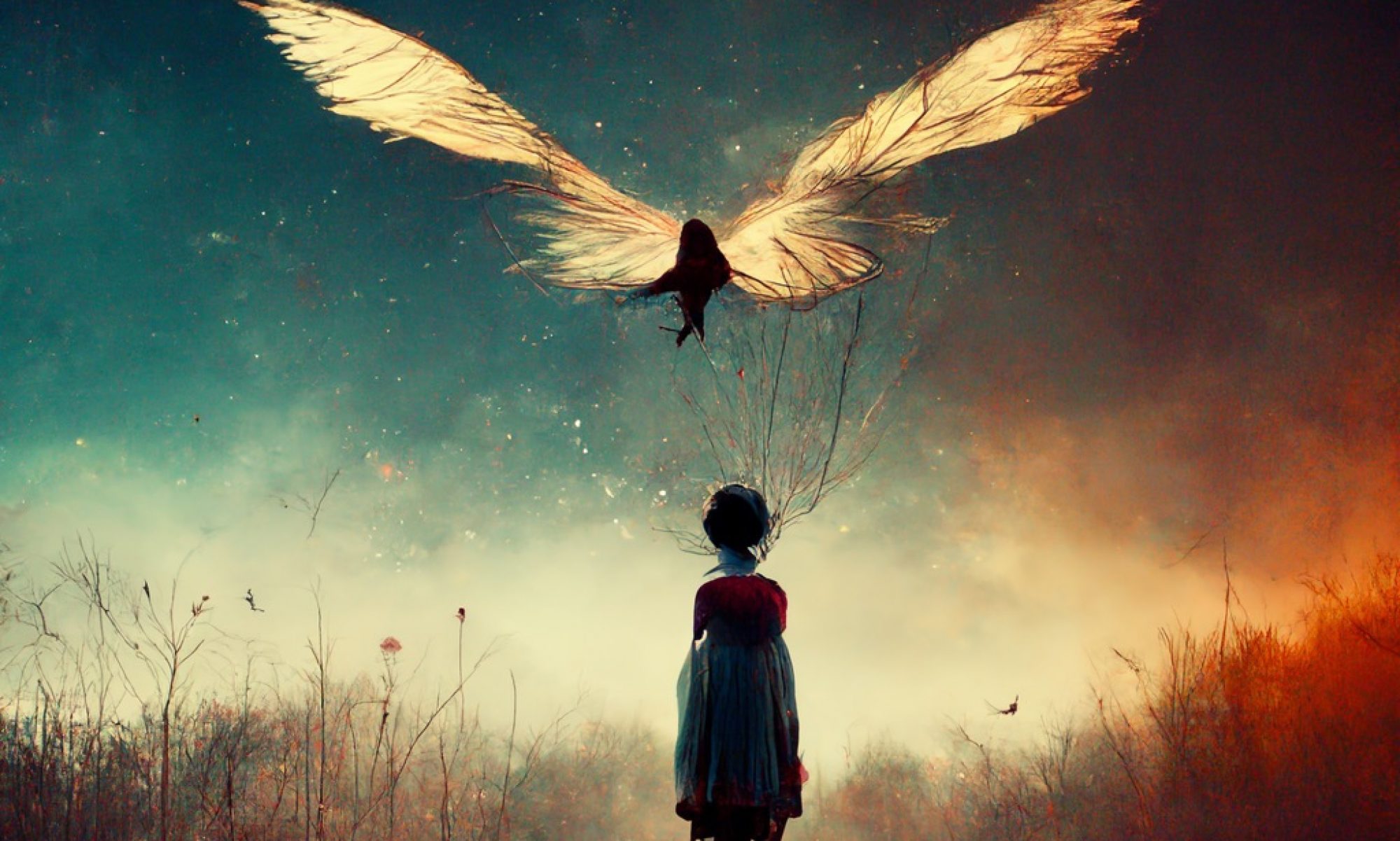In 2021 I came across Wombo Dream. It was calling itself artificial intelligence created art. I wasn’t convinced it really lived up to the title but it was definitely interesting. I introduced it to my Adobe students and turned them loose. They liked it, created some cool stuff, modifying the generated images in the Adobe software they were learning.
2022 was when things really changed. I tried DALL-E, Midjouney, Stable Diffusion, my students tried a lot of different tools and things were getting interesting. Then ChatGPT entered the scene. Minds were blown. The questions about how artificial intelligence would impact education were fast, furious and loud. The solutions offered were sometimes hilarious. But neither the questions or the answers were being written by actual teachers.

Lets clear a few things up.
No, assigning essays written by hand in class without internet access is not a solution teachers will be adopting to prevent cheating. That’s ridiculous.
Teachers have always dealt with some students attempting to cheat. Always. Before the internet even. We’ll adjust.
Teachers won’t be replaced by artificial intelligence, neither will digital artists, and students will still learn how to write, code, and create art. The sky is not falling.
Education needed to change. Teachers have been shouting it for years. Its unclear if AI will spur the types of changes in education teachers have been advocating for, but there is room to hope.
The second half of 2022 brought major advances in AI but it’s far from over. Buckle up.
